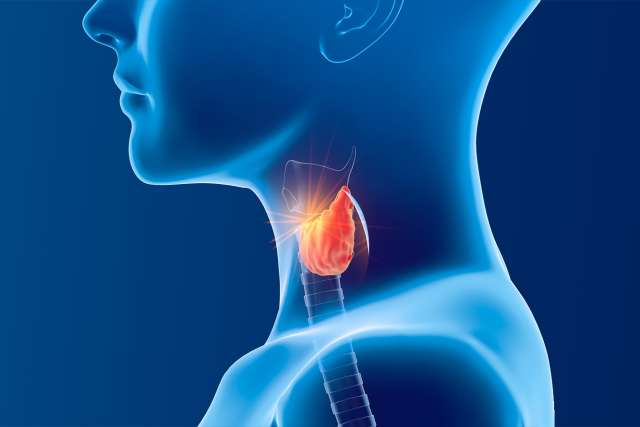Among your options for controlling your funds within the NDIS plan is plan management. Through the aid of an expert plan manager who administers your finances, pays your invoices, and keeps an eye on your budget, NDIS plan management offers you with the autonomy and authority to spend your budget. On your behalf, a plan manager may also submit claims through the NDIS platform.

Plan management is available to anyone with a NDIS plan, and there are no extra costs. The NDIS will contribute additional funds to compensate the NDIS plan manager if you opt for plan management.
What is NDIS Plan Management?
When providers help you manage the financing for your NDIS plan, that is known as plan management. Plan managers are these service providers. The NDIs managing the financing in the plan you have with the NDIS or you opting to manage your plan are two separate things from plan management. This article will go through more details about how plan management works and to handle your finances.
Does NDIS Plan Management Fit Your Needs?
If you can affirmatively respond to these three questions, planning is for you:
- Do you want to purchase support from companies that are not NDIS-registered (such as a lawn-mowing service, a nearby cleaner, therapists, unregistered support workers, or community organisations)?
- Would you prefer to have the freedom to handle yourself without being subject to administrative requirements?
- Would you like help to find resources, creating service agreements, keeping track of your goals, and maximising your plan?
What Advantages Will Plan Management Provide You?
Not sure if investing in NDIS plan management will be worthwhile? The following advantages will help you balance your alternatives and make the best choice for you:
Saves Time and Reduces Stress
You will need to request money through the NDIS in order to pay suppliers if you have decided to manage your plan. To make sure you don’t run out of money before the review of your plan, you should also monitor your expenses.
Additionally, the responsibility of managing the administrative tasks related to your suppliers will be taken care of by the strategy manager or plan coordinators, which means you won’t have to communicate with the accounts teams of your different suppliers.
Safety And Tranquilly Of Mind
Plan Managers are accredited NDIS providers and licensed accountants or bookkeepers. Knowing that the money you have lies in good hands can help you relax. To prevent overcharging you, it is their responsibility to make sure that all of the invoices they receive comply with Price Guide of NDIS.
Aids In Being Organised
Your Plan Manager is in charge of keeping all the records, and they will send you statements every month so you can see how your money is being used. So that when the time comes for your plan review, you’ll be better prepared.
Adaptability, autonomy, and control
Plan Management offers greater flexibility than other methods because you can utilise non-NDIS certified service providers. If your strategy were agency managed, for instance, you wouldn’t be able to utilise NDIS money to recover funds if you have a reliable health professional who isn’t registered with the programme.
It Is free.
Anyone with access to the NDIS is eligible to apply for financing for NDIS plan management, while in most cases, their request will be approved. Additionally, the money comes from a separate budget and won’t interfere with any other support.
How To Pick The Ideal NDIS Plan Manager?
One of the first decisions you’ll make about the NDIS is frequently selecting a plan manager. Indeed, it’s a good idea to compare options before choosing a manager in any case, but plan management is no exception.
Additionally, finding the ideal solution can be challenging because there are so many available. Here is an overview of four essential variables to consider while seeking a Plan Manager to assist you in making the best choice.
Offers Customised Service.
It’s crucial for NDIS participants to be able to get their many questions regarding their plans and budgets answered. This goes double for those who are on their first plans. Being able to speak with a real person rather than an automatic answering machine—or, worse yet, never getting a call back—is, of course, a significant part of this.
Additionally, for this service, it’s crucial to pick a communicative, accommodating supplier because payments for bills must be made on time, and issues must be resolved fast. When a customer has a time-sensitive question or request, it can be unpleasant when they can’t reach their plan manager, especially with larger providers.
Favourable To Gain Better Control And Choice Over Your Ndis Plan.
Before signing any paperwork, it’s a good idea to check to see if potential providers are willing to meet with you or chat with you over the phone to explain their services. This is a nice test for determining if the provider is willing to put effort into you because you’re a possible customer, in addition to being an excellent method to get a sense of the company.
Knowledge Of The Local Community
A plan manager who is familiar with your neighbourhood might be helpful if you’re new to the NDIS; it won’t help you at all if the one you hired is unfamiliar with your local suppliers or use a language apart from English.
Moreover, knowledgeable potential plan managers are more likely to comprehend your situations and barriers because they will be more familiar with the service providers in your neighbourhood.
Furthermore, larger plan management companies will frequently operate from national headquarters and be less likely to be aware of this information. Before enrolling, confirm the location of their place of employment (or offices) if this is relevant to you.
Conclusion
This article discussed what is NDIS plan management and how it is beneficial for clients. Maintaining your NDIS plan management may seem difficult, but by heeding these pieces of advice, you can make the best use of your money and reach your objectives.
Moreover, keep in mind to check your plan on a regular basis, keep tabs on your expenditure, pick the best providers, and stay in touch with the NDIS plan manager and support coordinator.
Furthermore, you can take charge of your NDIS experience and live the life of your dreams if you have a clear plan in place.









